A site-specific project on Skeppsholmen, Stockholm
by Juanma González
where is Skeppsholemn?
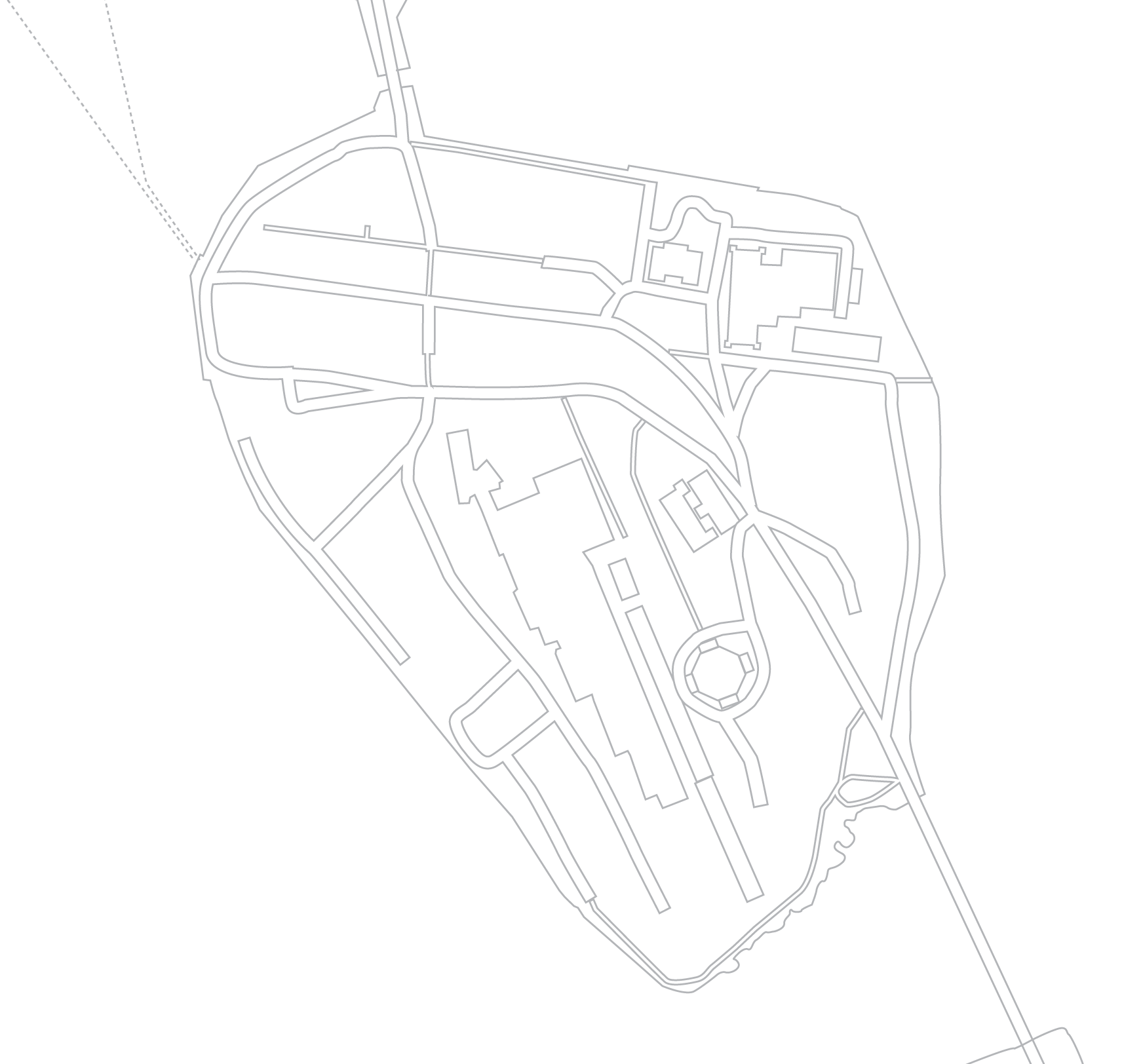

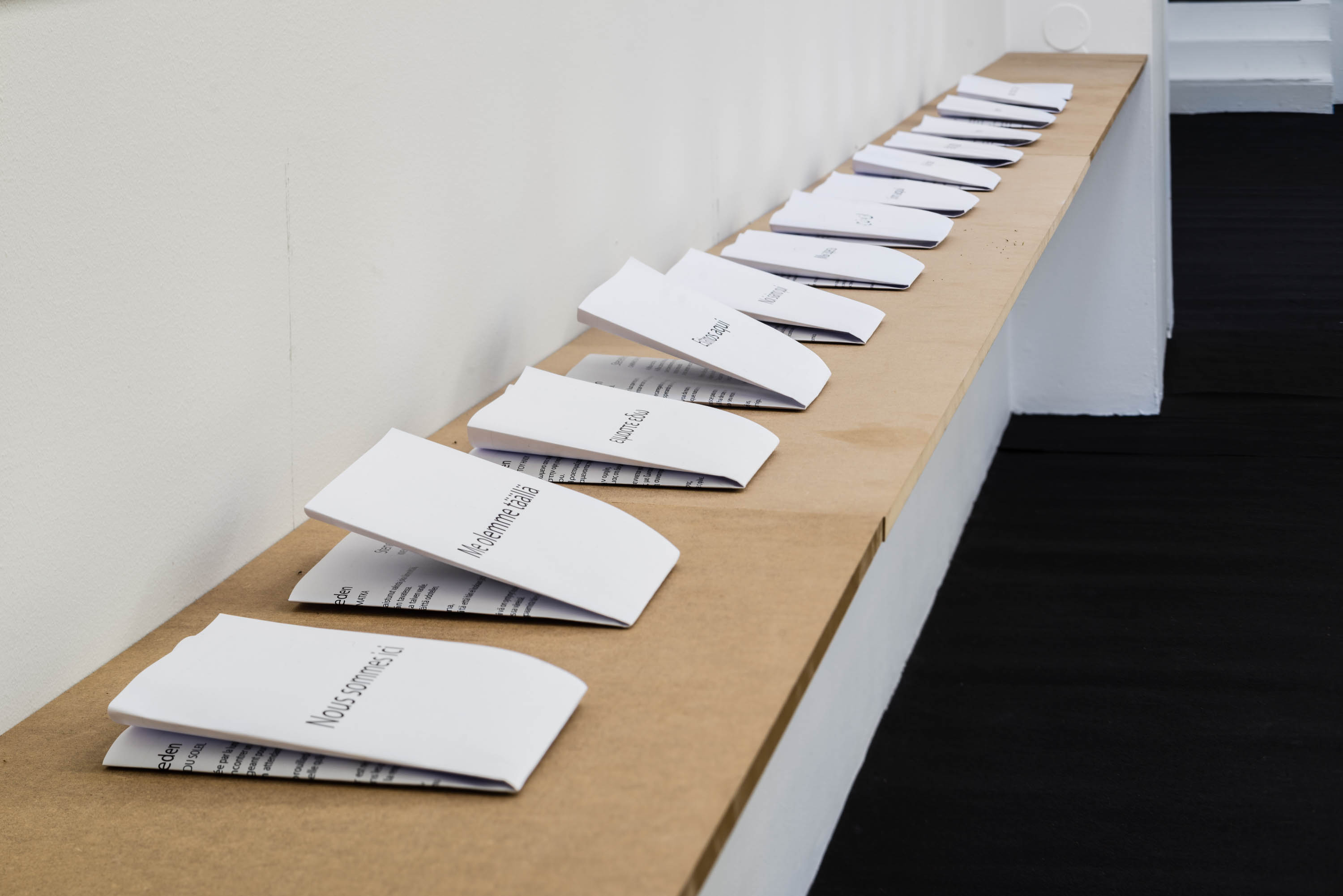
Photo: Jean-Baptiste Beranger
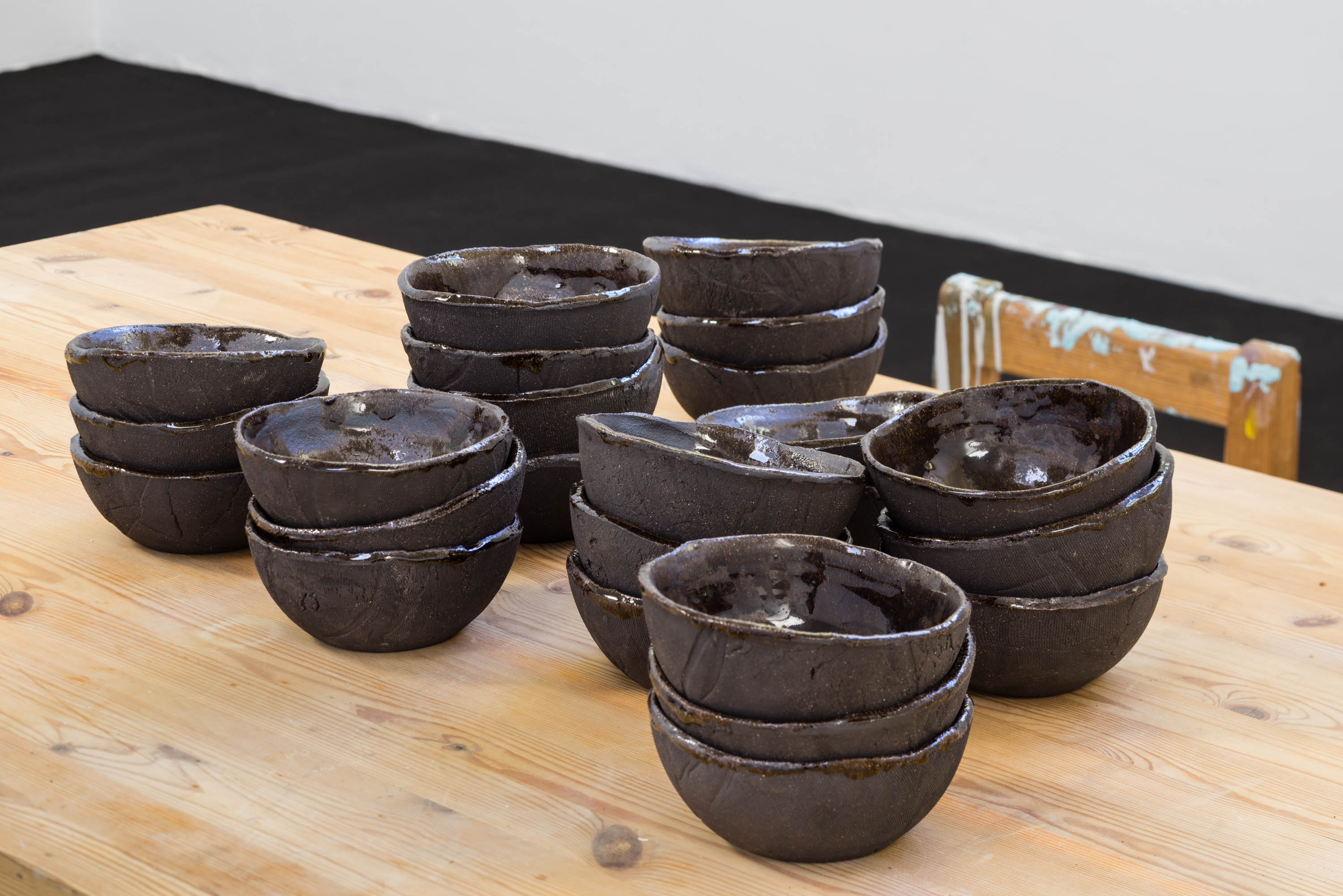
Photo: Jean-Baptiste Beranger
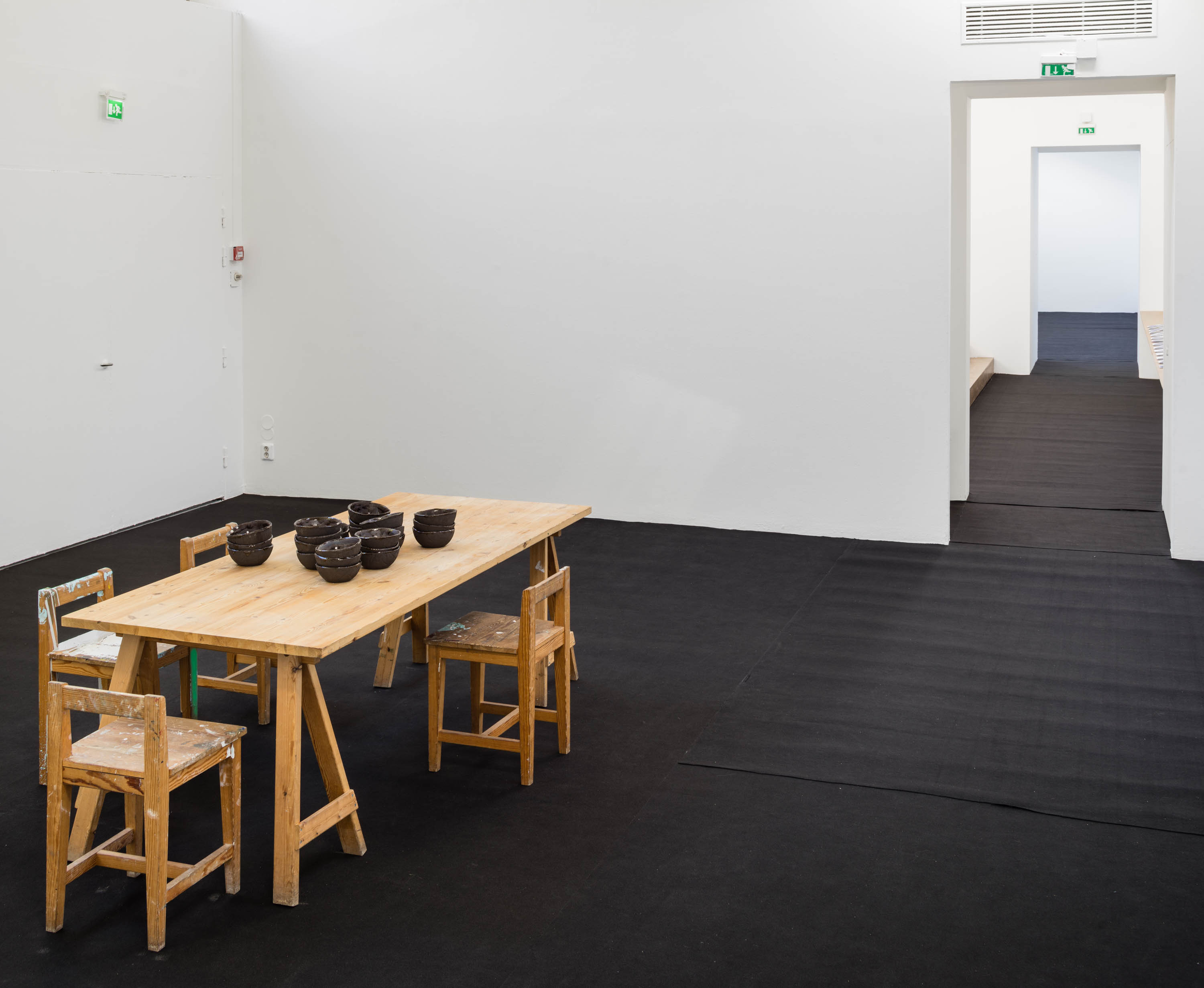
Photo: Jean-Baptiste Beranger
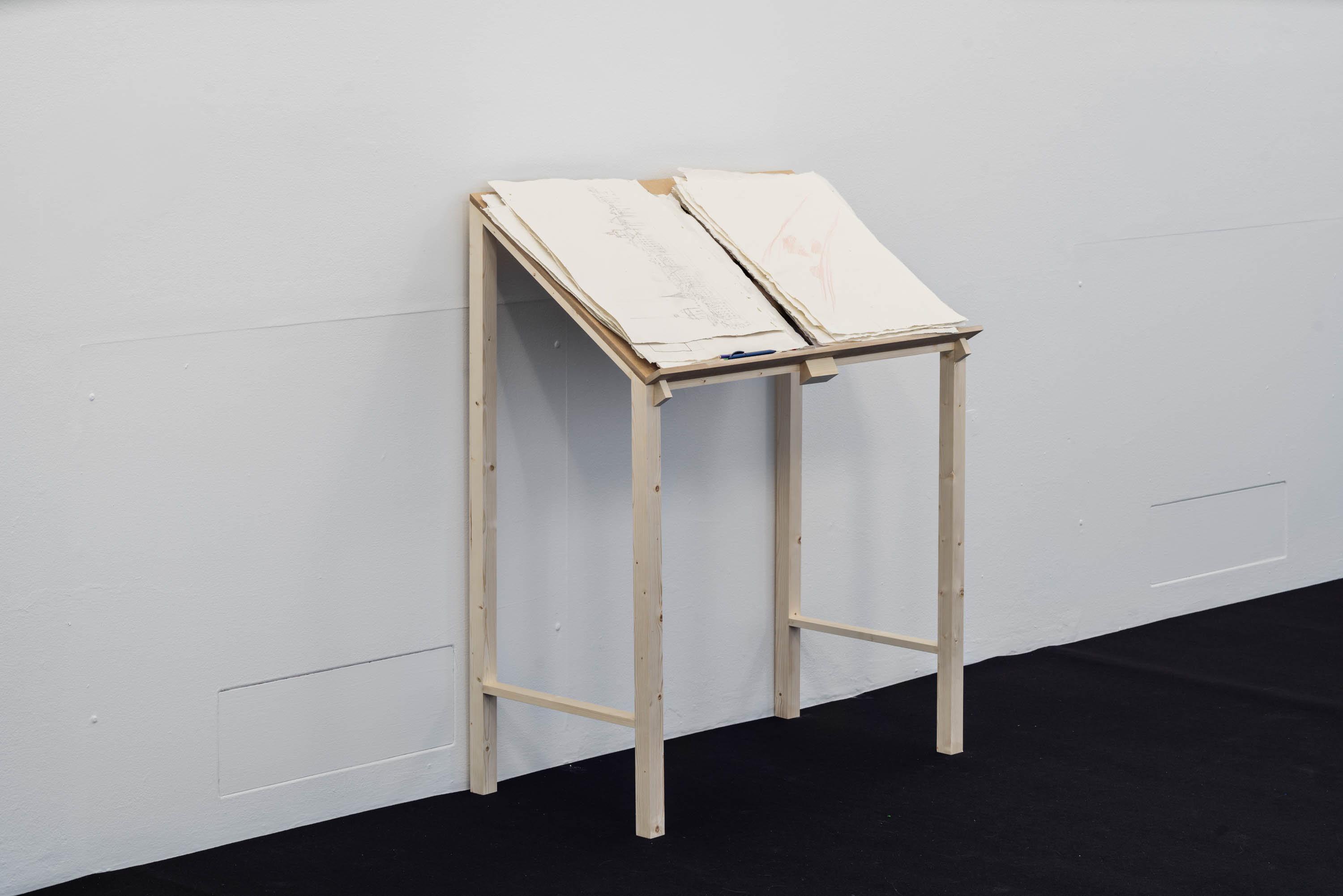
Photo: Jean-Baptiste Beranger
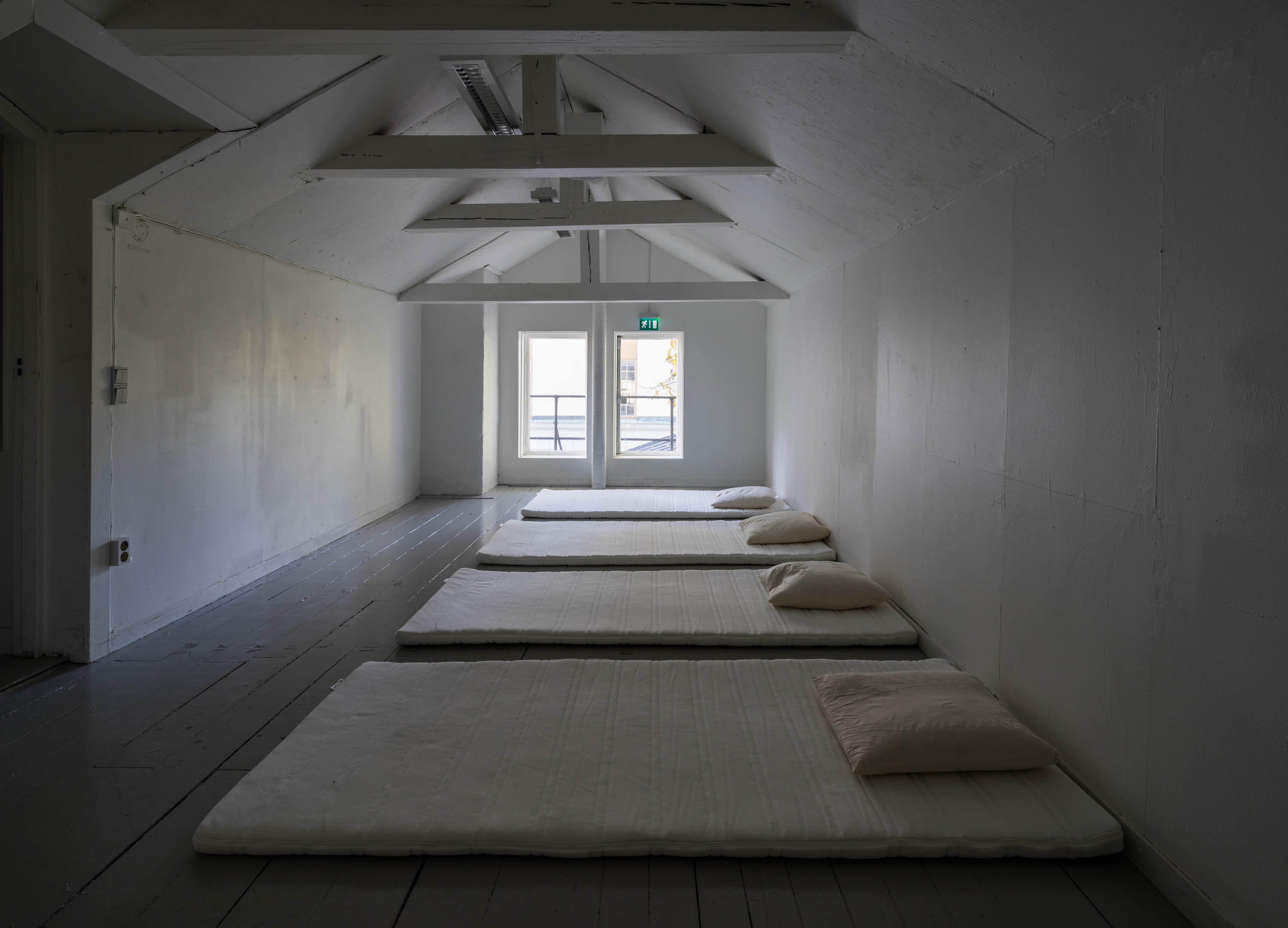
Photo: Jean-Baptiste Beranger
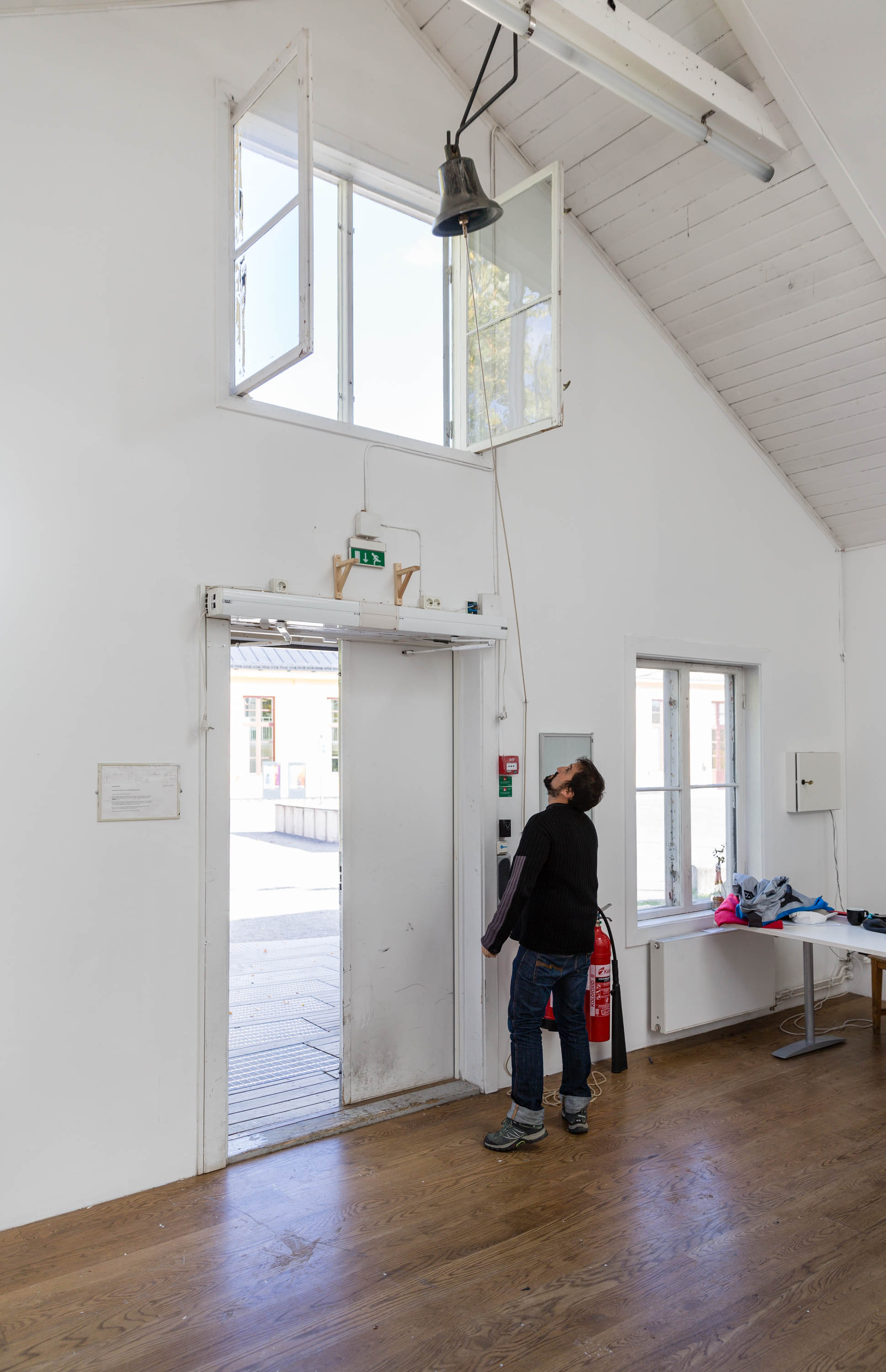
Photo: Jean-Baptiste Beranger
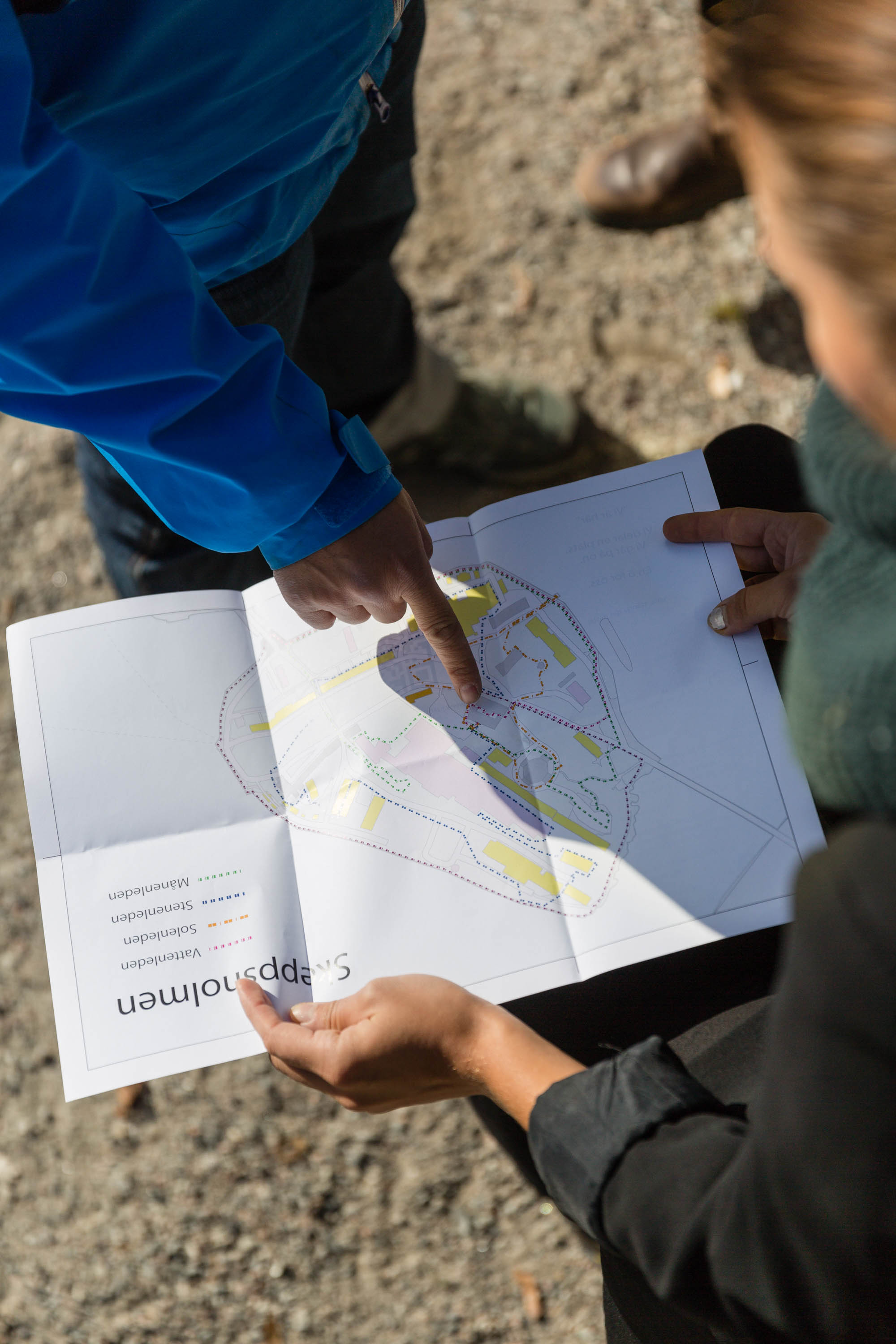
Photo: Jean-Baptiste Beranger
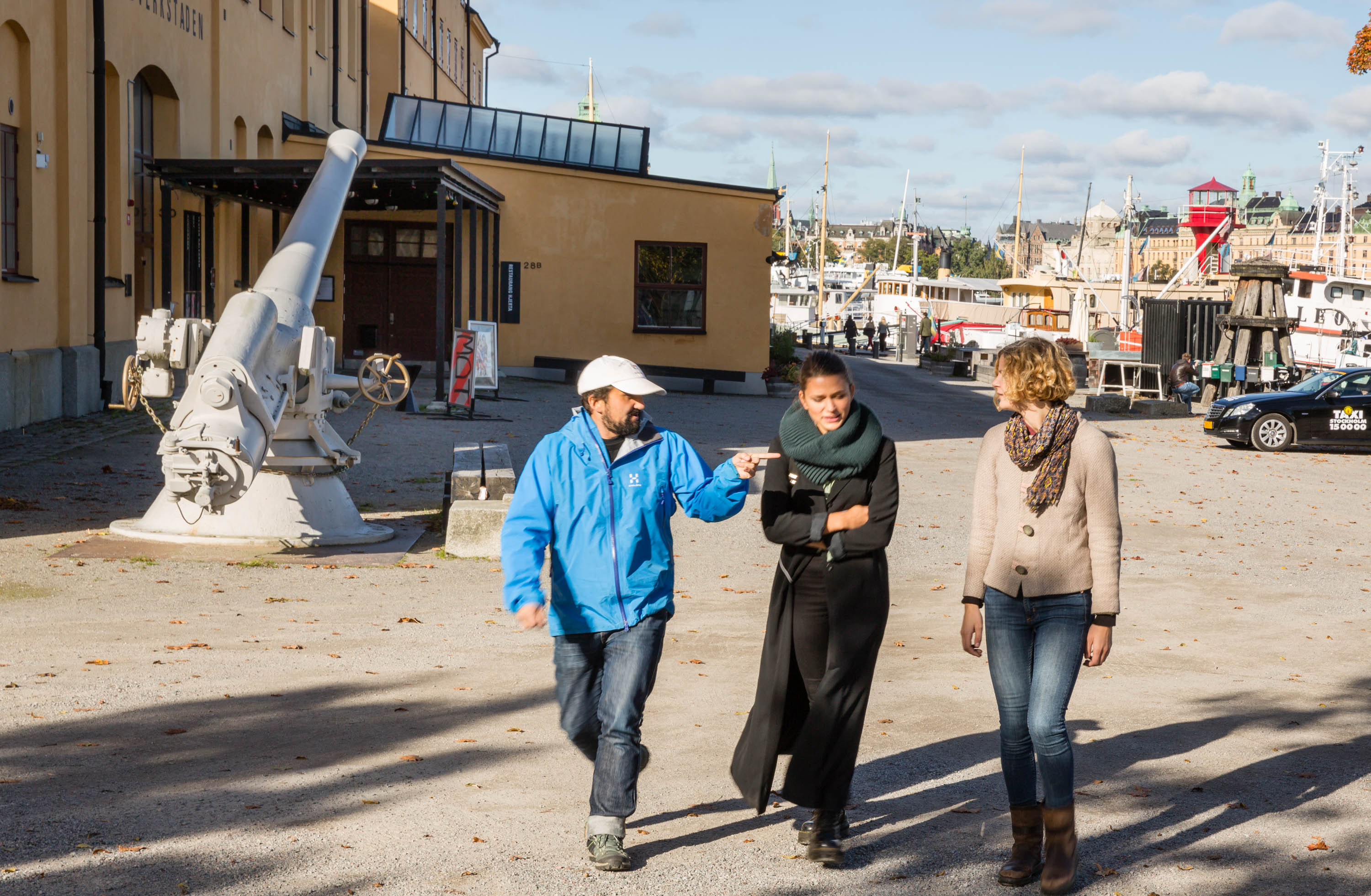
Photo: Jean-Baptiste Beranger
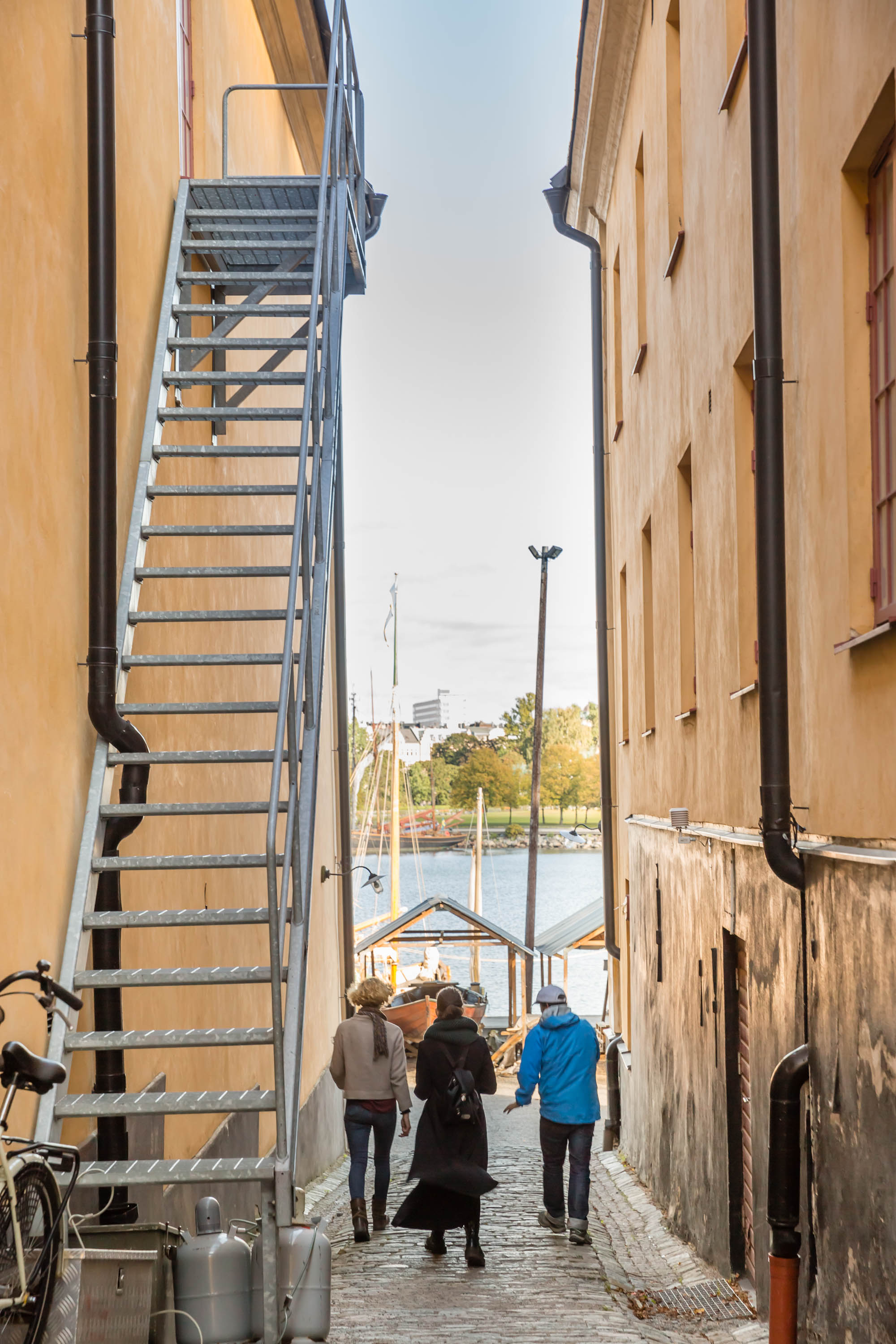
Photo: Jean-Baptiste Beranger
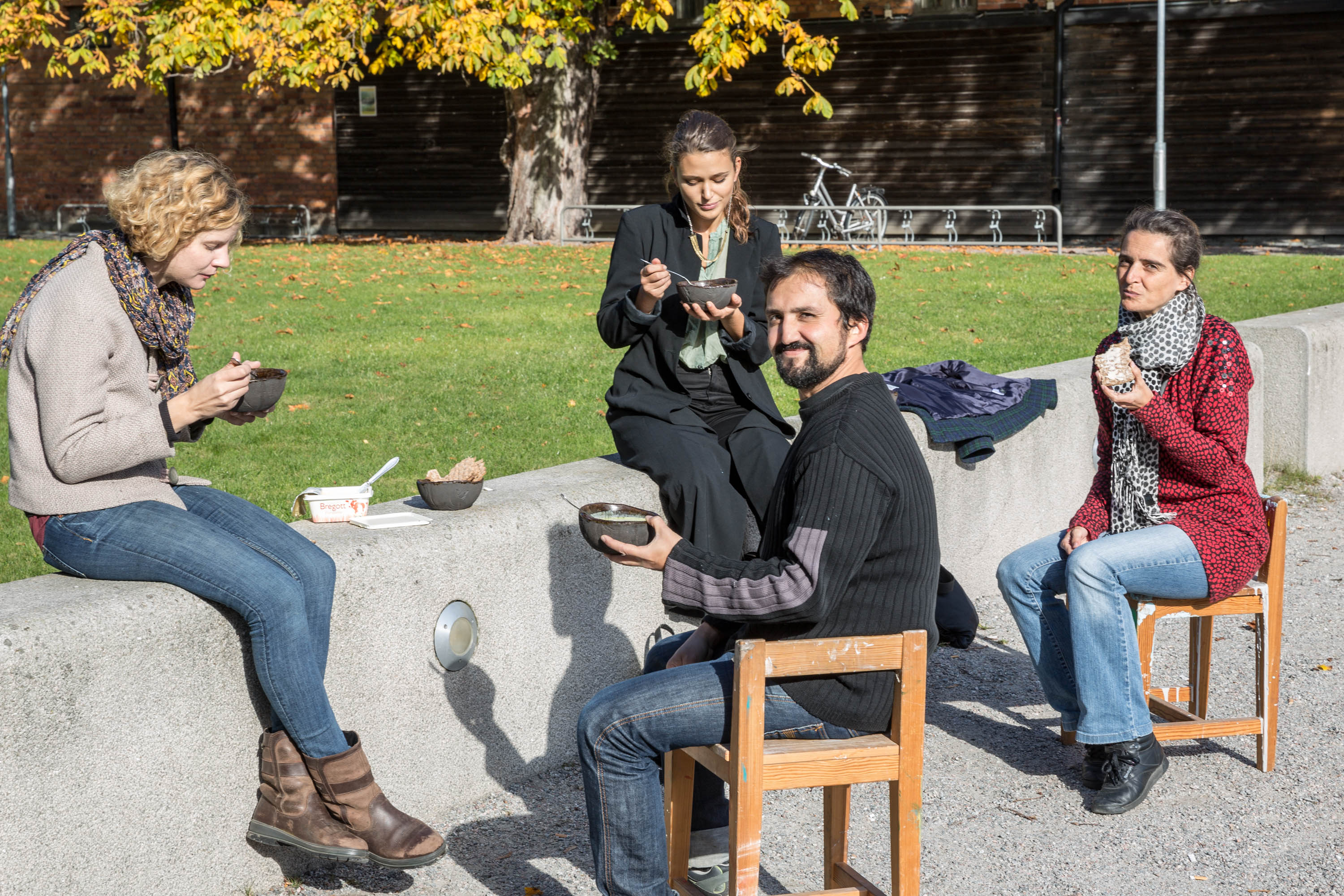
Photo: Jean-Baptiste Beranger
I study art in Skeppsholmen, an island located in the center of Stockholm. Before opening to the public, Skeppsholmen was a military area and one of the most secret enclave in Sweden.In the 1950s, Moderna Museet was moved there and the island became a tourist destination. Today, thousands of people visit it everyday.
This flow of people and its transitory visit are the focus of my artwork exhibited at Galleri Mejan, in front of Moderna Museet. For this proposal, Skeppsholmen is showed like "my island". The reason of temporarily appropriate of this specific site because is the place where I have spent most time since I arrived to Sweden two years ago. At a personal level, Skeppsholmen is not just understood as a functional-geographical location but a metaphorical isolated place in which people visit, learn, rest, look, take pictures and leave. With the exception of people living on the ships moored at piers; nobody lives on the island. While for the people Skeppsholmen is a place of passage, I feel it is my territory.
My body of work is based-on walking as an aesthetic practice. But my wandering role has changed for this project: I perform as a ´host’ for the visitors of the island. My action is not the doing the walk. But it is waiting, guiding and supporting the travellers. Vi är här is a frame in which I embed myself as a maker of a symbolic place to offer the visitors a new perspectiveon the well-known postcard of Skeppsholmen. A chance of stopping temporarily, to take off their footwear and permit me to tell them how my island is.
As performative action, I have created four paths along the island following a daily ritual: in the morning, Vattenleden -the path of the water-. In the lunch time, Stenenleden - the path of the stone-. Solenleden, the path of the sun, is in the afternoon when the sun sets. And the path of the moon, Månenlede, in the night. Before each time, I ring the bell hung above the main door of the gallery to attract attention of the public.
At the exhibition space, a complex set of elements are displayed in different rooms, the entire floor covered with a black carpet:
the Welcoming room, the audience can smell the food cooking at gallery kitchen. On a shelf, they can pick up a map of the 4 path translated in 15 languages (Swedish, English, Spanish, French, Portuguese, Japanese, Finnish, Greek, Arabic, Catalan, Chinese, Danish, Italian Russian and Vasque),
the Feeding room, there are clay bowls made by myself on a table with chairs. I cook Swedish soup everyday and it is served in the bowls.
The Resting room, I lay down four beds upstairs, in the part more warm and away from the others rooms.
The Waiting room, a place to stay and relax. Only there is a guestbook located on an atrium. Empty space used for relational activities and spontaneous events.
The starting point of this allegoric appropriation is to merge my relational and cultural experience of walking on pilgrim ways with the modern attitude of travelling. As development of my practice, I want to reclaim the figure of the "traveller" as an atemporal explorer given thirst by knowledge of history to reinterpret the present time, a person curious to find new stimuli -HOMO VIATOR- . But at that time everything is consumed, even the free time. Capitalism has transformed the role of traveller into tourist -HOMO LUDENS-. While the traveller makes a journey, the tourist consumes it.
Referring to the Homo Viator -pilgrim man or man on the way- and Homo Ludens -play man or man on the free time-, I perform as HOMO INSULAE - Man on the island-: I wait on the place, I look out, I welcome the travelers, I cook for them, I listen to their stories... While the Homo Ludens seeks the picture and Homo viator seeks answers, the homo insulae seeks the encounter.
As an artist, I use Skeppsholmen as an abstract entity to convey a commonplace of gathering and a poetic reflection for providing a new narrative on the massive movement of people these days. Art gives me the opportunity of taking out of context of the gallery and its limited surroundings to infiltrate the visits of people who arrive to the island. To create a friendly place and making them feel good. A home-territory to make a stop for potential wanderers during their 'journey'. Naguib Mahfouz wrote: ‘Home is not where you were born; home is where all our attempts to escape cease’. This sentence brings the following questions: What is really the psychological or political reason behind traveling far away from home today? How to successfully confront the contradiction between the nostalgic idea of traveler and the social and political circumstances of the world in which we life? What happens with people that rely on the unlimited world made by internet -any place can be visited virtually- but they can not travel for economic reasons? And the those traveler that 'to escape' from their home is not a metaphorical sense but a vital necessity? How can the symbolic occupation of the island be employed as a strategy to create an urban responsibility changing the voyeuristic and functional frame of tourism into a place of interrogation and debate? How will the tourist react to a place where the hospitality is free and the home-mind agreement is an alternative currency in place of money?
Art exists to take the mundane out of life, and to embed the audience in an alternate reality. Vi är här attempts to instigate the creation of a community for social engagement. developing a heightened awareness of the masses of people flowing in our time, and of how the utilisation of public places by growing tourism is changing both their social and historical context
I want Skeppsholmen to live with others. I want an island that is a home for everyone.
Juanma González
Skeppsholmen, February 15th 2016
Vi är här
is an Art intervention at Skeppsholmen
by Juanma González
october 3-13, 2015
Photos by Jean-Baptiste Beranger